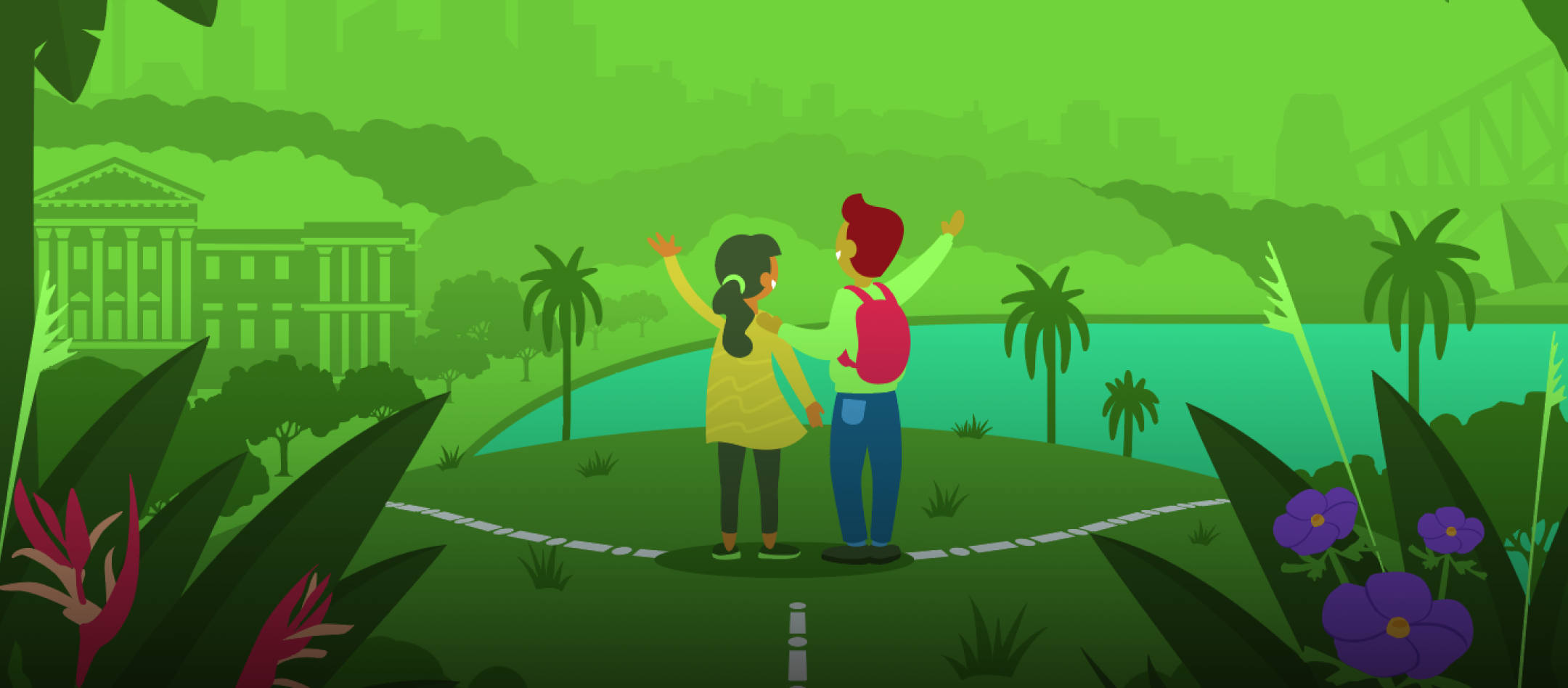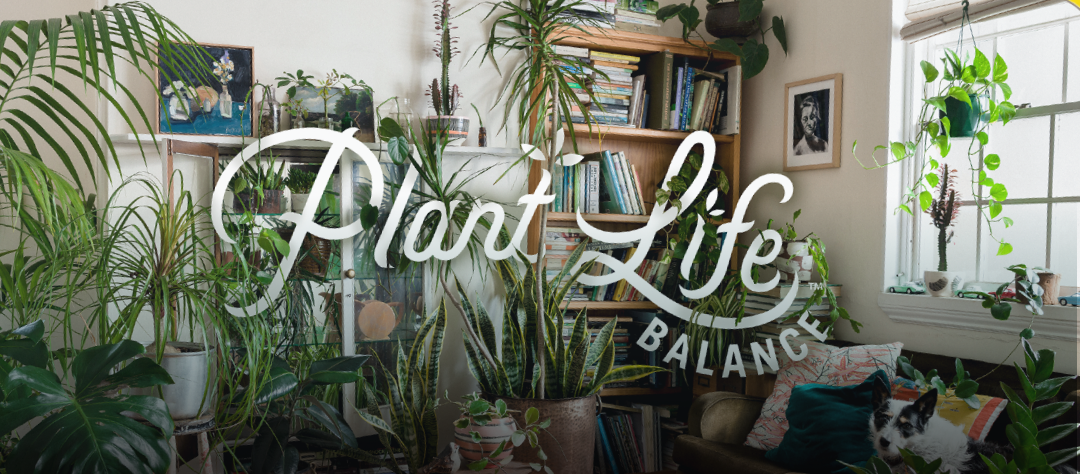Hello
We’re one of the world’s most established purpose driven creative agencies.
We build brands, campaigns and digital products that enrich the world.
Know more about Treasure Every Moment
TAHITI TOURISME
Treasure Every Moment

Know more about Sydney Science Trail
Australian Museum
Sydney Science Trail

Know more about Plant Life Balance
HORT INNOVATION
Plant Life Balance

Know more about Meet the checkmates
NSW GOVERNMENT
Meet the checkmates

Know more about Which Plant Where
MACQUARIE UNIVERSITY AND HORT INNOVATION
Which Plant Where

Know more about Changi Escape Challenge
CHANGI AIRPORT GROUP
Changi Escape Challenge
